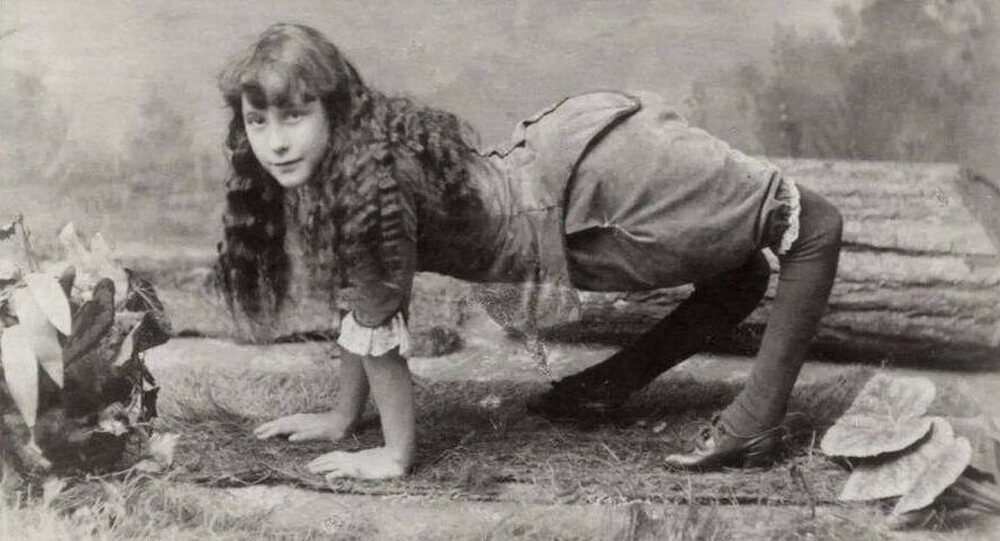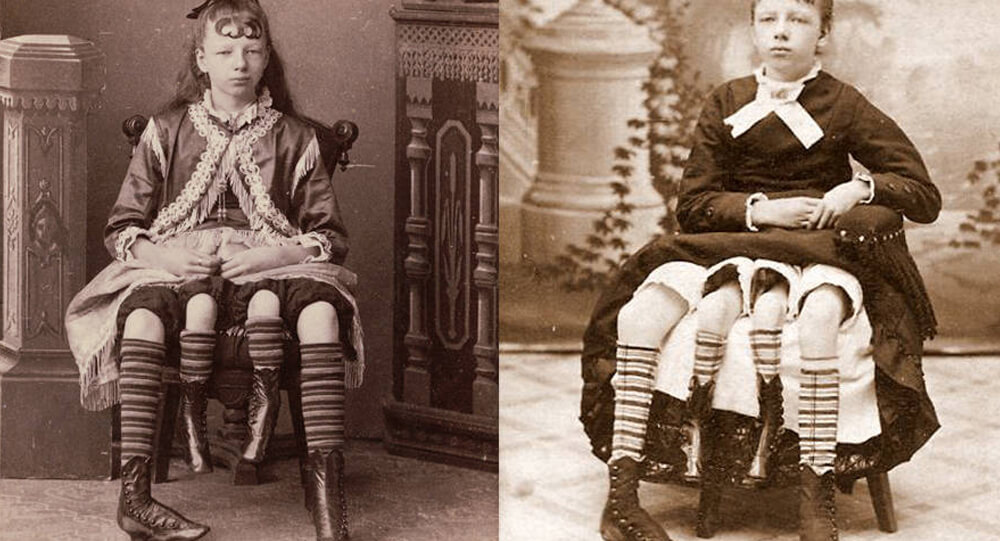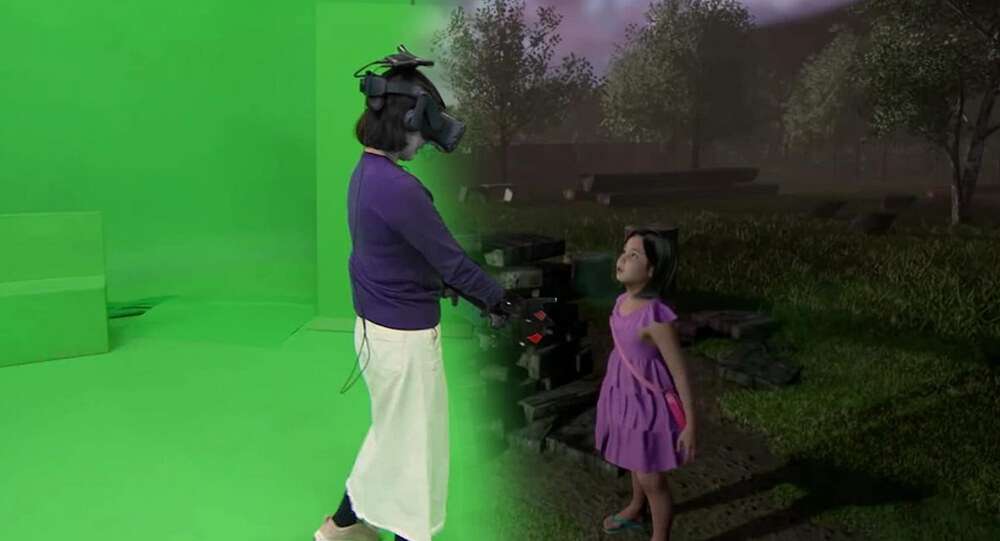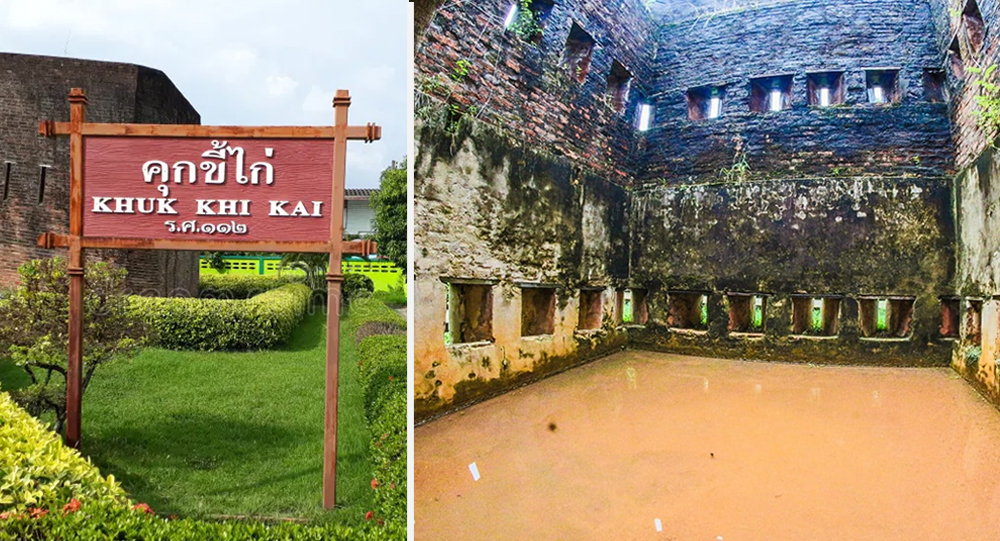

Khuk Khi Kai: Thailand’s Infamous “Chicken Poop Prison” and Its Gruesome Legacy
When it comes to the world’s most unusual and cruel prisons, few can rival the notorious Khuk Khi Kai, also known as the “Chicken Poop Prison,” in Laem Sing, Chanthaburi, Thailand. This grim relic of colonial history stands as a stark reminder of the inventive and inhumane methods once used to punish and break the spirit of prisoners. What sets Khuk Khi Kai apart from other prisons isn’t its size or its architecture, but the unique and revolting method of torture it employed: subjecting inmates to a constant rain of chicken droppings from a coop built directly above their heads.
The Origins: A Prison Born of Colonial Conflict
Khuk Khi Kai was constructed in 1893 by the French during their occupation of the Chanthaburi region, a tense period stemming from the Franco-Siamese conflict. The French, seeking to suppress Thai resistance fighters and maintain control over the area, built this unusual prison as a tool of psychological and physical torment.
The structure itself is relatively small—about 4.4 meters wide and 7 meters tall—with two rows of slits along the sides for ventilation. The building’s design was deceptively simple, but its function was far from ordinary. The ground floor housed the prisoners, while the upper floor was converted into a large chicken coop.
The Torture: Living Under a Chicken Coop
The true horror of Khuk Khi Kai lay in its two-story design. The floor separating the chickens from the prisoners was grated or perforated, allowing chicken droppings to fall freely onto the unfortunate souls below. This was not just a minor inconvenience—chicken manure is filled with ammonia, producing a suffocating stench that can cause nausea, headaches, skin irritation, respiratory problems, and even severe depression with prolonged exposure.
Prisoners were forced to endure this relentless assault day and night, unable to escape the foul rain or the overpowering smell. The psychological impact was as severe as the physical discomfort, making Khuk Khi Kai a place of unimaginable suffering. Some reports even suggest that the building’s lack of a roof was intentional, exposing inmates further to the elements and intensifying their misery.
Why Chicken Poop? The Science of Suffering
Chicken droppings aren’t just unpleasant—they’re hazardous. The high ammonia content can quickly become overwhelming in an enclosed space, leading to a host of health problems. In fact, the smell is so potent that just a few minutes of exposure can cause discomfort, while longer exposure can result in respiratory distress and infections.
The use of chicken poop as a torture method was both cruel and cunning. It required no guards or whips—just gravity and time. The chickens above, oblivious to the suffering below, became unwitting accomplices in this daily torment.
Historical Context: The Franco-Siamese Conflict
Khuk Khi Kai’s construction was directly tied to the Franco-Siamese War and the subsequent French occupation of parts of Siam (now Thailand). The French built the prison to detain local resistance fighters and dissidents, hoping to break their will through relentless, degrading punishment. The prison was abandoned after the French withdrew in 1904, but its legacy endures as a symbol of colonial cruelty.
Visiting Khuk Khi Kai Today
Today, Khuk Khi Kai stands as a public park and historical site, open to visitors curious about its dark past. The structure, sometimes described as resembling a leaning watchtower, is well-preserved and easy to find near the seaside in Chanthaburi province. There is no entrance fee, and the prison’s unique design makes it a popular spot for photographs and dark tourism.
Local guides often recount the story of Khuk Khi Kai, and the phrase “ระวังจะโดนจับขังคุกขี้ไก่” (“be careful you may go in the chicken dung prison”) remains in the Thai language as a warning and a reminder of the site’s notorious reputation.
Fun Facts and Trivia
- Name Meaning: “Khuk Khi Kai” translates directly to “chicken dung prison” or “chicken poop prison” in Thai.
- Design Quirk: The prison had no roof—only a wire mesh to keep the chickens in place, maximizing the exposure to droppings.
- Historical Use: Built by the French to imprison Thai resistance fighters during the occupation of Chanthaburi.
- Health Hazards: Chicken manure’s ammonia can cause severe health issues, making it a potent tool for torture.
- Cultural Legacy: The prison is referenced in Thai sayings and remains a symbol of colonial-era suffering.
- Tourist Attraction: Now a public park and photo spot, Khuk Khi Kai draws visitors interested in Thailand’s darker history.
Conclusion
Khuk Khi Kai, or “Chicken Poop Prison,” is a chilling testament to the extremes of human cruelty and ingenuity in punishment. Its story is a reminder of the suffering endured by those who resisted colonial rule and the lengths to which occupiers would go to maintain control. Today, it stands as both a historical curiosity and a somber warning from the past—proof that even the most peaceful places can hide the darkest secrets.

The Story of Tsutomu Yamaguchi: The Man Who Survived Both Atomic Bombs
Tsutomu Yamaguchi’s story is one of astonishing survival and resilience. In August 1945, while on a business trip in Hiroshima, he endured the catastrophic atomic bombing and, unbelievably, survived to return to his home city of Nagasaki—only to face a second atomic attack days later. Officially recognized as the only person to survive both bombings, Yamaguchi’s life is a powerful testament to human courage, hope, and the devastating impact of nuclear warfare.

Brazilian Man with Rare ‘Upside Down’ Condition Becomes Successful Accountant and Speaker
Born in Brazil with the rare and debilitating condition congenital arthrogryposis, which caused his head to be positioned upside down, this man was once written off by doctors who urged his mother to let him starve. Defying grim predictions, he overcame immense challenges to become a successful accountant and a powerful international motivational speaker, inspiring millions worldwide.

Belgian Woman Banned from Zoo After 4-Year Affair with Chimpanzee
A Belgian woman was banned from the zoo after having an affair with a chimp.

The mysterious Pumpkin impaled on the top of Tower
Twenty Three years ago, somebody impaled a 60-pound pumpkin 170 off the ground on this spire at Cornell University. Nobody knows who did this or how they did it.

Mysterious ghost ship found with mummified captain inside [SOLVED]
German captain had been sailing the world for 20 years. It was unknown when or how he died or how long the ghost ship had been adrift

The Heartbreaking Story Of Ella Harper, The ‘Camel Girl’
Ella Harper, Professionally known as the “Camel Girl” was born with a rare orthopedic condition that cased her knee to bend backward. Due to this condition, had to walked on all four legs, which resulted in her nickname as “Camel Girl”. Tough it was hard at first, but soon she made a fortune out of it.

Poto And Cabengo: The Secret Language Of Twins
Poto and Cabengo, as the two girls called each other, communicated in their own language. The twins were ignored by their parents and secluded from the outside world because their father felt they were developmentally retarded, and their unique language evolved as a result of that neglect.

Mystery SOLVED: blood Rain in India
The dissemination of spores of microalgae has been identified as the origin of the 'Blood Rain' phenomena, according to a new study by Indian and Austrian experts. Since 1896, reports of intermittent red-colored rain in portions of Kerala and Sri Lanka have been coming in. The most recent one occurred in 2013 over Kerala.

Poland's Krzywy: The Mysteries of the Crooked trees
In Poland, there is a forest with 400 crooked trees that have a 90-degree bend at the base of their trunks. Despite of numerous possibilities, the real reason and how it evolved remain a mystery.

The true story of Josephine Myrtle Corbin, the lady born with four legs and two private parts
Josephine Myrtle Corbin, an American sideshow performer born in 1868, had a rare condition known as dipygus, which caused her to have four legs, each smaller inner leg paired with one of her outer legs. Corbin joined the sideshow circuit, captivating audiences as the "Four-Legged Girl from Texas."

Mom Cries After Seeing Her Deceased Daughter in Virtual Reality
Jang Ji-Sung lost her 7-year-old daughter to haemochromatosis in 2017, a rare disorder in which the body absorbs too much iron. The two reunited through the use of virtual reality technology.

Upside-Down Fig Tree From The Roof Of An Ancient Ruin in Italy
There is an upside-down fig tree in Bacoli, Italy. No one is quite sure how the fig tree ended up there or how it survived, but year after year, it continues to grow downwards and bear figs.

A man who has been suffering from headaches for nearly six months discovers chopsticks lodged in his brain
When it was discovered that a Vietnamese man with headaches and vision problems had chopsticks lodged in his brain, the doctors were almost as surprised as the man himself.

The Astonishing Case of Sanju Bhagat: Living with a Twin Inside Him for 36 Years
Sanju Bhagat, an Indian farmer, lived with an undiagnosed parasitic twin inside his abdomen for 36 years. In 1999, doctors discovered the twin during surgery. This rare condition, fetus in fetu, occurs when a malformed twin is absorbed during pregnancy, surviving within the host sibling's body.

Lucy and Maria The Biracial Twin Sisters with Rare Black and White Skin Colours
Lucy and Maria Aylmer are twins, but they have a hard time to convincing people. Even though they have mixed-raced parents, their mom was still shocked when the midwife handed her babies she’d expected to look alike, but were complete opposite.

The Miracle Baby: Nigerian Couple in the UK Welcomes a Rare Blonde, Blue-Eyed Child
A black, Nigerian couple living in the U.K. gave birth to a white, blonde, blue-eyed baby that they call the "miracle baby."

Why the Brooklyn Bridge Was Once Crossed by 17 Camels and 21 Elephants
On May 30, 1883, a rumor that the Brooklyn Bridge was going to collapse caused a stampede, which killed at least at twleve people. To prove the bridge was safe, P.T. Barnum led a parade of 21 elephants over it.

Story of Peng Shuilin: Man with only half a body
We have a habit of whining in our daily lives. We never seem to be pleased with the things we have in life. "I want to be skinny," fat people say, "I want to be fat," slim people say. Poor people aspire to be wealthy, and wealthy people are never satisfied with their status. Everywhere we go, we're whining. Can you image how a man would want to live if he didn't have any legs or bums at all?

In 2018, a 30-year-old survived a close-range gunshot thanks to silicone implant
In 2018, a 30-year-old woman from Toronto, Canada survived a close-range gunshot thanks to her silicone breast implant. Doctors believe that the implant deflected the bullet away from her vital organs, and her only injury was a fractured rib.

The Mystery of Canada's Magical Spotted Lake
Lake Khiluk, the world's most mineralized lake, and one of the most mysterious places on Earth. Each of these spots has a distinct chemical content and is said to cure various diseases.

When the Sky Rained Fish: An Unbelievable Encounter Above Alaska
A small Alaskan plane was hit by a fish falling from the sky. It had been dropped by an eagle that misjudged its grip. The plane was unharmed, but it made the news as possibly the weirdest bird strike ever.

A one-eyed Vancouver fish receives a fake eye so that other fish will not bully him
A fish whose eye was removed due to cataract was bullied by other fish at the Vancouver Aquarium. So the vets fitted the fish with a prosthetic eye to fool the other fishes.

Pierre Brassau: The chimpanzee painter who deceived the avant-garde world
Abstract paintings by a previously unknown artist “Pierre Brassau” were exhibited at a gallery in Sweden, earning praise for his “powerful brushstrokes” and the “delicacy of a ballet dancer”. None knew that Pierre Brassau was actually a 4 year old chimp from the local zoo.

Chocolate Rain in Switzerland: How a Factory Malfunction Turned Olten Into a Sweet Spectacle
In 2020, chocolate 'rained' from the sky in a town in Switzerland. This incident was caused by a ventilation system malfunction at a chocolate factory in Olten. Strong winds then carried the snow-like cocoa powder and spread it around in the immediate vicinity of the factory, covering cars and other things in chocolate.

Sandy Island: The Phantom Island That Fooled Maps and Google Earth for Centuries
Sandy Island, charted since 1774, was long considered a phantom island in the Coral Sea. Despite appearing on maps and Google Earth, it was "undiscovered" by scientists in 2012, revealing only deep ocean instead of land. The island's existence was likely a cartographic error or a misidentified pumice raft.


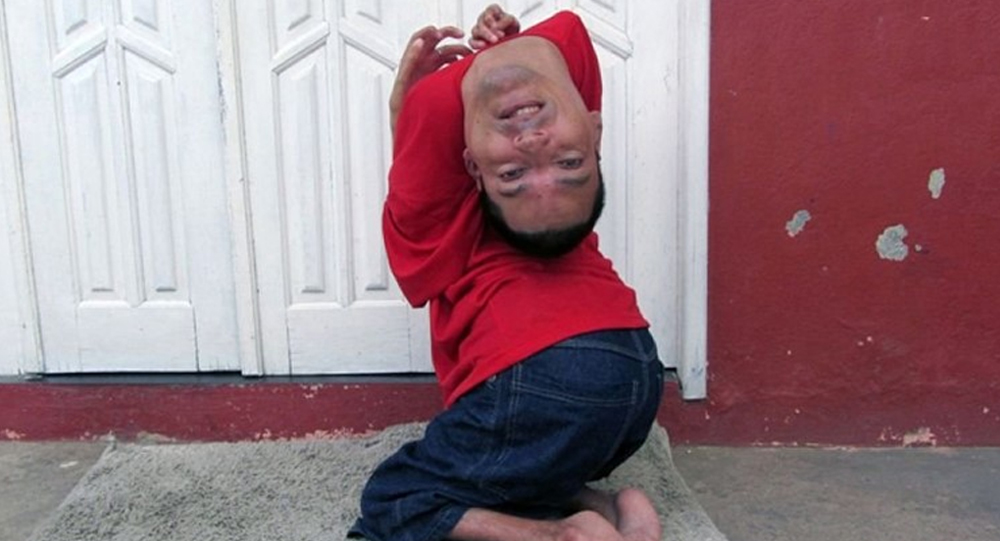


![Mysterious ghost ship found with mummified captain inside [SOLVED]](https://weeklyrecess.com/wp-content/uploads/2024/07/Solved-Mysterious-ghost-ship-with-mummified-captain-cover.jpg)
